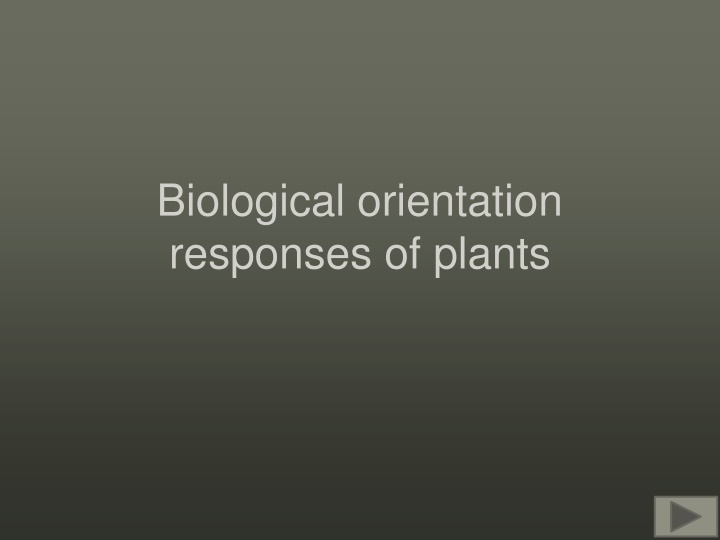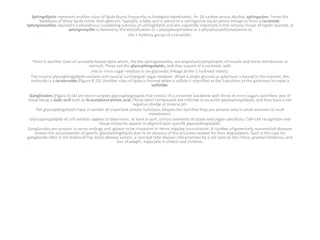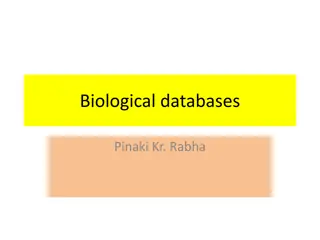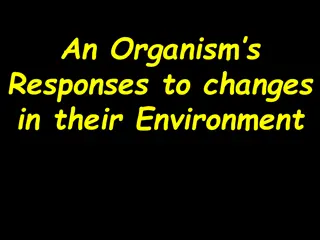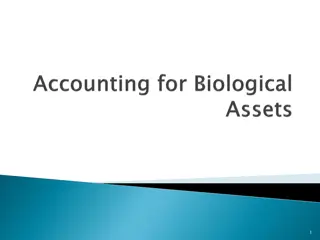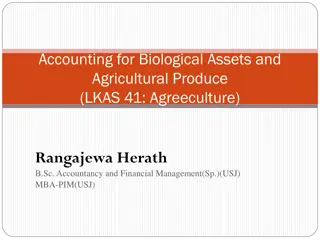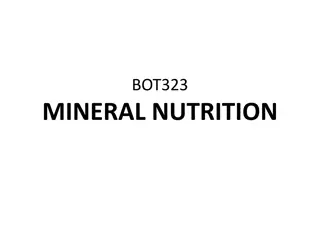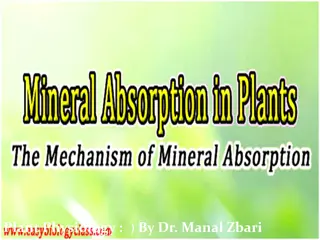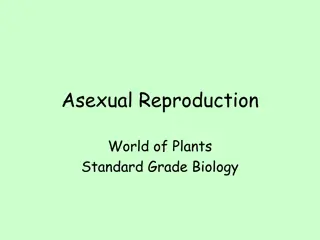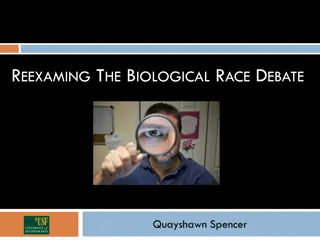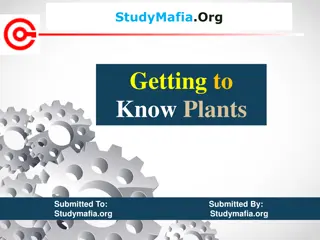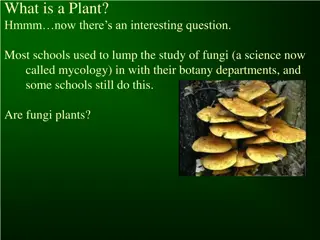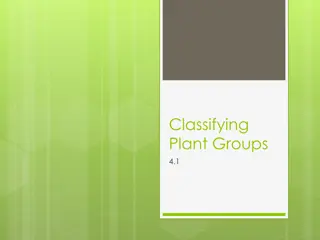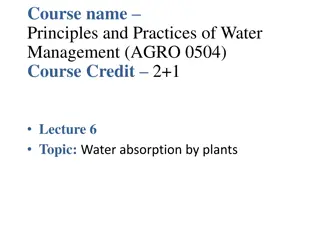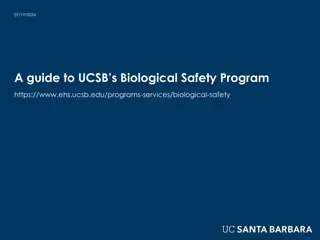Biological Responses of Plants
Biological responses of plants encompass various mechanisms such as taxes, nastic responses, and unique behaviors like positive phototaxis in Chlamydomonas and thigmonasty in Mimosa. Explore how plants interact with stimuli and adapt to their environment.
Download Presentation

Please find below an Image/Link to download the presentation.
The content on the website is provided AS IS for your information and personal use only. It may not be sold, licensed, or shared on other websites without obtaining consent from the author.If you encounter any issues during the download, it is possible that the publisher has removed the file from their server.
You are allowed to download the files provided on this website for personal or commercial use, subject to the condition that they are used lawfully. All files are the property of their respective owners.
The content on the website is provided AS IS for your information and personal use only. It may not be sold, licensed, or shared on other websites without obtaining consent from the author.
E N D
Presentation Transcript
Biological orientation responses of plants
Taxes A taxis is the movement of the whole organism toward or away from a stimulus coming from one direction. No true plants can move in this way but some free-swimming algae swim toward light positive phototaxis. E.g. Euglena and Chlamydomonas
Positive Phototaxis in Chlamydomonas
Nastic responses Plant response to a stimulus that is independent of the direction of the stimulus Changes in turgor pressure in plant cells can result in rapid movements. Caused by a change in the intensity of an environmental stimulus e.g. light, (photonasty), temperature (thermonasty) Examples: flowers opening and closing
Argentine Giant Cactus It's flowers normally open at night and persist until early morning. The bright white petals and yellow centers attract night pollinators such as, moths and bats. While it is said to be a nocturnal blooming cactus with the flowers closing at early morning. On cool, cloudy days in Arizona; the flowers continue blooming during the day.
The whole leaf will fold down if stimulated further. Does this protect from wind or herbivores?
Sleep movements in beans (Photonasty) Could they be avoiding bright moonlight that would upset their photoperiodism?
Tropisms Growth responses directed toward or away from a stimulus. Examples: Phototropism Geotropism Hydrotropism Thigmotropism
Geotropism Root positive Shoot negative
Positive chemotropism in pollen tube growth
Control of plant growth This is mainly achieved by chemicals:- hormones and phytochromes. Hormones are chemicals produced in one part of an organism, are carried elsewhere in the plant to produce a response.
Auxins There is one natural auxin, indole acetic acid (IAA). Artificial auxins are used in weed sprays. It is produced in meristematic cells (which are the fast dividing cells in stem and root tips). IAA is water soluble and can pass through gelatin but not mica (a mineral). IAA (in the right concentration) causes cells to elongate.
Here apical bud Meristem Where is it? Here axillary bud Here root tip
Auxin and positive phototropism When light is shone on the side of a growing shoot tip, the auxin produced in the tip migrates toward the shaded side as it moves down and causes elongation of the cells in the zone of elongation
+ve phototropism in an oat coleoptile (growing tip)
At a cellular level More auxin Auxin produced in tip. Mainly moves down shaded side Auxin produced in tip moves down all sides evenly so elongation is even all around. Greater elongation Less auxin Less elongation Plant grows toward light
Effect of auxin on shoots and roots This depends on the concentration of auxin and the tissue concerned SEE PAGE 101
Summary Lateral Buds IAA Conc Roots Stems Stimulated Stimulated Inhibited Low Inhibited Inhibited Stimulated High
Apical Dominance High concentration of auxin produced in the apical bud stimulates elongation of the stem but inhibits growth of lateral buds
Apical bud removed If the apical bud is removed, the laterals are no longer inhibited and can grow. The top buds usually takes over and inhibit the ones below them.
Pruning Pruning can make a tree grow more bushy
Plants vary in the amount of apical dominance. Conifers with strong apical dominance are more conical in shape
Geotropism If a germinating seed is placed horizontally auxin made in the shoot and root tips is carried down because of gravity. Auxin moves down Auxin moves down
High auxin concentration stimulates elongation in shoot cells so the shoot bends up. High auxin concentration inhibits root cell elongation so the root bends down
Other effects of auxin Initiation of root formation; used in powder on cuttings to stimulate root formation Suppression of root elongation Suppression of lateral buds Stimulates cell division in woody stem cells Initiation of flowering in some plants Prevents early leaf and fruit drop
